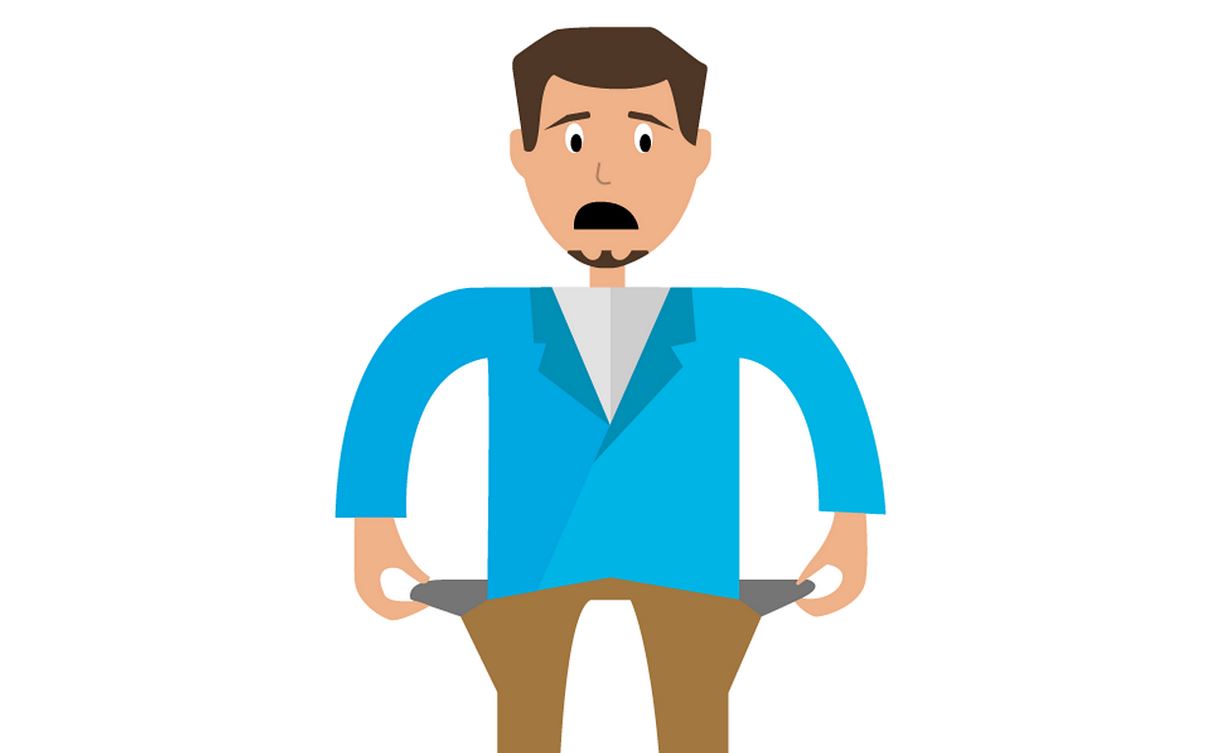Get to know of the requirements and process of filing for Bankruptcy in Kenya under the Insolvency Act.
When a person makes a claim of bankruptcy, their main intention is to get a break from creditors who are harassing them. In some cases, the debtor gets a total relief from their debts while in other cases, they are afforded some time to pay their creditors upon a settled upon arrangement. Here is the procedure for filing for bankruptcy in Kenya.
Processing of filing for bankruptcy in Kenya

The first step in filing for bankruptcy is where either the creditor or debtor present a bankruptcy petition. If the creditor makes the bankruptcy petition, they must have prove of an act of bankruptcy occurring within the past three months. If the debtor presents the petition, this in itself represents an act of bankruptcy. Generally, an act of bankruptcy is a statutory test of insolvency.
After the bankruptcy petition is filed, the court will issue a receiving order in respect of the debtor’s property. A receiving order places the debtor’s property in safe hands as they await the results of the bankruptcy proceedings.
The next step is the creditor’s meeting. During the meeting, the creditors will agree whether a payment scheme proposed by the debtor is acceptable or whether the matter should be referred to the court for adjudication. If the matter goes to court, the court will declare the debtor bankrupt through an adjudication order.
Hereafter, the debtor’s property will be in the custody of their trustee in bankruptcy. The trustee will divide the property among the creditors who have proven that the debtor is indebted to them. The debtor will go through a Judicial Public Examination and afterwards they may be able to apply for their discharge.
When the court makes an order of discharge, the debtor is no longer indebted to their creditors. The debtor is freed from disabilities that were imposed on him when they declared their bankruptcy status. However, there may be exceptions as to the extent of debts that are dismissed through a discharge order.
The process of declaring bankruptcy is a straightforward one and requires the guidance of an attorney. In some cases, you may have to part with your valuable assets while in others you may be discharged from all debt. Typically, filing for bankruptcy gives you a chance to put your creditors on hold either temporarily or permanently.


Leave a Reply